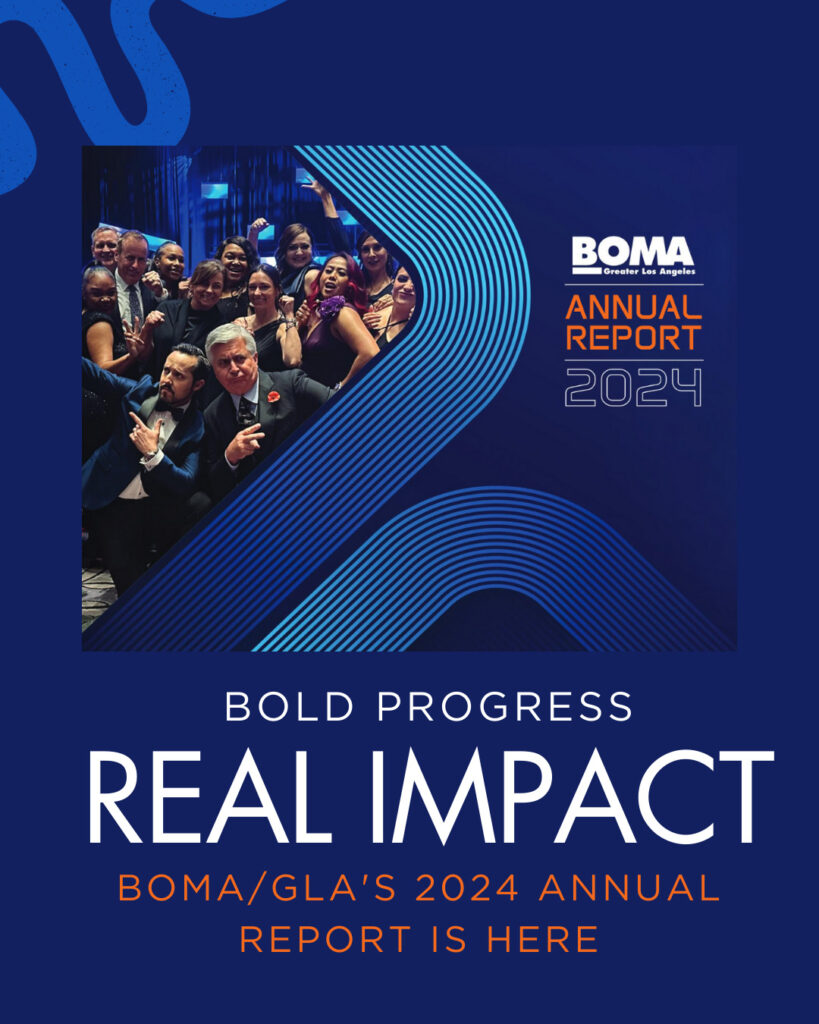A Look at the Cost of Living in Los Angeles
When people think of Los Angeles, it's often synonymous with a high cost of living.
As Angelenos know too well, this could not be further from the truth. According to the data, Los Angeles is known as one of the most expensive cities to live in. Although Los Angeles' growth is producing higher wages and new industries, those opportunities come with a hefty price tag.
The issue of the cost of living, especially after COVID-19, will be a crucial one heading into this election cycle. Voters and candidates will be more sensitive to supporting economic development and relief efforts during a period of economic downturn.
How much more expensive is Los Angeles?

Basic expenses like housing, food, taxes, and healthcare consistently average much higher than the rest of the country. A salary of $50,000 is now being spread thin due to all-time high inflation rates.
A one-bedroom apartment averages between $1,900 and $2,100 a month. The staggering rent for a two-bedroom is 137% higher than the national average.
Almost every budget must factor in high transportation costs. LA is a car-centric city, which means gas prices soar and insurance can cost well over $100 - especially after recent surges in gas prices. Drivers are burning through gallons of gas much more quickly by sitting in hours of traffic a day.
In general, Californians voted that their top financial stress is the cost of living overall.
Even before COVID-19, Californians are leaving
Californians are fleeing their home state at an alarming rate. In 2018, 38,000 more people left California than moved here. 28,190 people left San Francisco between April and June 2019.
The U.S. Census Bureau reports that middle- and lower classes are fleeing more rapidly due to the alarming housing crisis. Those with incomes under $100,000 are in the most trouble. According to the Blacktower Financial Management Group, California is the third-worst state to retire in, which causes people to move to places like Arizona and Florida.
As everyday life becomes more expensive, large and small businesses move elsewhere, taking their employees and money with them. Surprisingly, California is losing far more jobs to China than any other state.
It's important to note that this was long before the start of the COVID-19 pandemic.
After COVID-19, Angelenos are struggling
According to the Los Angeles County Department of Workforce Development, the region lost 437,000 jobs in 2020 and had 354,000 fewer living wage jobs in 2021.
These economic losses disproportionately affected marginalized groups, such as women and communities of color.
Currently, Los Angeles' unemployment hoves at around 5%. Though this is still relatively high, it is nowhere near the unemployment rate during COVID-19, which was as high as 17.5%.
In other words, although the economic situation is improving, Los Angeles is still struggling with the long-term economic implications of COVID-19 - on top of the already historic high cost of living.
This will create huge momentum heading into the June Primary and the November election. Voters have felt firsthand the impacts of our economic crisis and will be more inclined to vote for candidates that prioritize economic investments.


